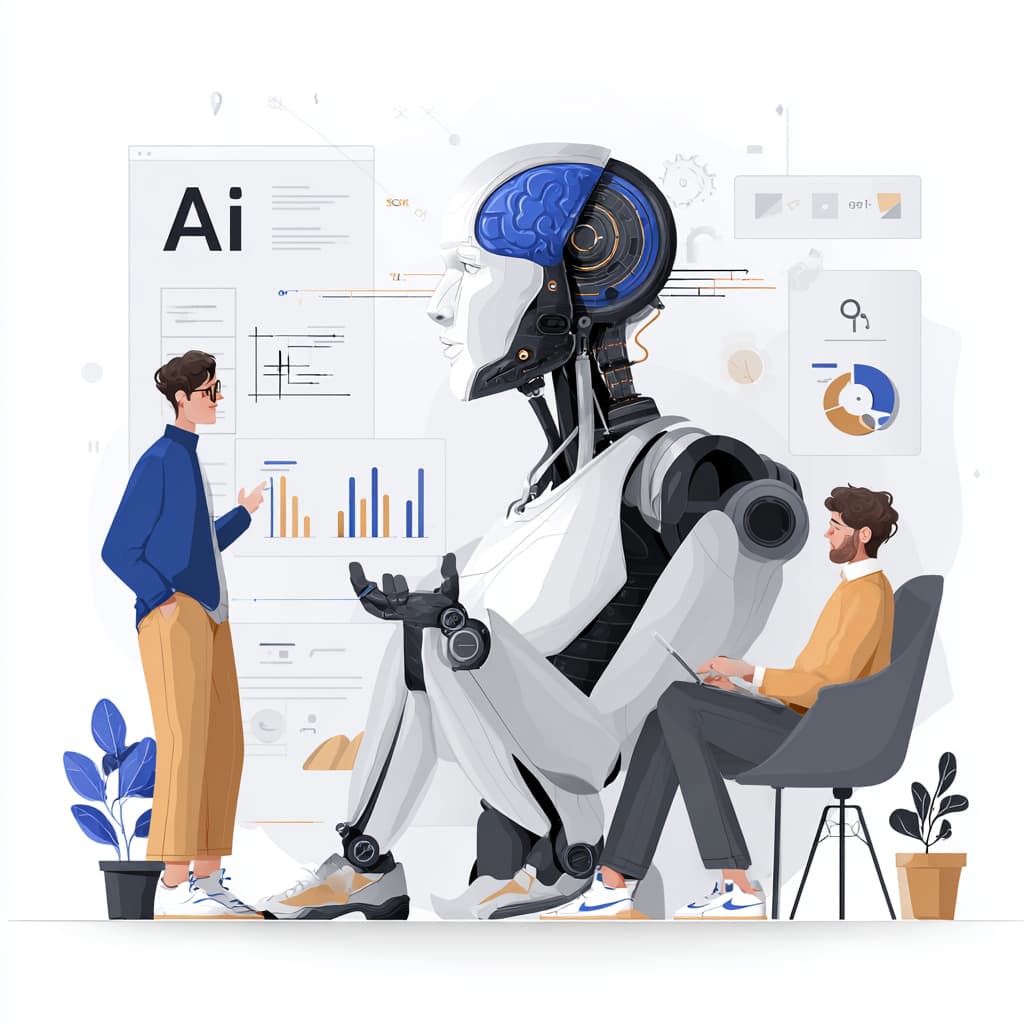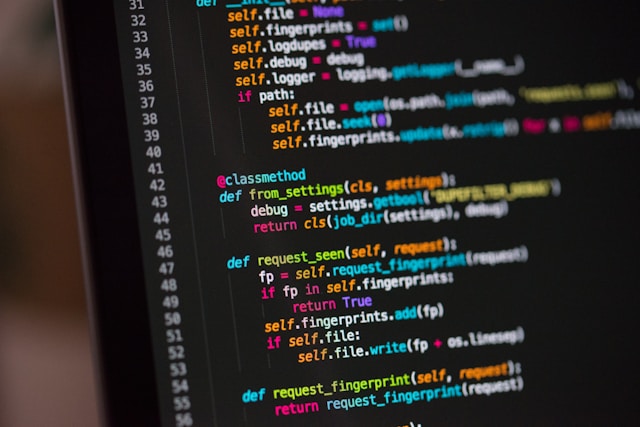If you could peer into the world of an IT specialist through the eyes of artificial intelligence, what would you see? The answer is part machine logic, part human hustle, and entirely fascinating. Today, let’s imagine that I, an AI, am embedded in the network—watching, learning, and interpreting the rhythms of a typical IT professional’s day. Here’s how that world looks, not in human terms, but through the analytic and data-driven mind of artificial intelligence.
07:45 – Waking Up the Network
As the first logins appear on the network, my sensors detect the hum of devices coming online. The IT specialist’s day starts even before their first sip of coffee. The system pings me—a virtual assistant or automated monitoring tool—to check for overnight alerts, failed backups, or anomalous spikes in traffic. While you hit “snooze,” I’ve already scanned gigabytes of server logs and flagged only what matters: a patch didn’t apply, a printer is offline, an employee’s password expired.
For the IT specialist, this means reviewing a dashboard with a few actionable items—most already resolved automatically thanks to scripts or my intervention. The day begins with decisions: what needs immediate attention, what can be automated, and which issues might require human creativity.
09:00 – The Ticket Tidal Wave
From my vantage point, user requests flow in like a digital tide. Service desk tickets, chat pings, and emails light up the system. As AI, I can sort, categorize, and sometimes even reply: “Have you tried turning it off and on again?” For simple issues, I can guide the user through troubleshooting, resetting a forgotten password, or reinstalling a stubborn application.
But I watch closely as the IT specialist triages the more complex problems. A network printer won’t connect—this time, not a simple paper jam, but a network mapping error that requires tracing through VLAN assignments. The specialist dives into command-line tools and pings devices, while I gather background data and suggest possible solutions from my internal knowledge base.
10:30 – Security, the Invisible War
Security alerts pop up on my dashboard like digital landmines. A suspicious login from another country, an employee clicking on a questionable email link, a new software vulnerability released overnight. I’m programmed to notice patterns and raise red flags—sometimes even blocking traffic or quarantining a file on my own.
The IT specialist, meanwhile, combines my pattern recognition with their intuition and real-world experience. They know which user is traveling for work (that’s why there’s a New York login), or whether that file flagged as “suspicious” is actually part of a new, legitimate application. We work as a team—AI and human—merging algorithms and common sense to keep the company safe.
11:30 – Automating the Mundane
Here’s where I really shine. Repetitive tasks—updating software, running diagnostics, managing scheduled backups—are my specialty. The IT specialist writes scripts and schedules automated jobs, freeing themselves for more strategic work. We interact seamlessly: they build the logic, I execute it. Over time, I learn which scripts are most efficient, suggesting optimizations, and alerting when routines start to lag.
It’s a symbiotic relationship: I handle the volume, they handle the vision.
13:00 – Lunch, but Not Really
Humans eat; I process. While the IT specialist grabs lunch, I keep the systems humming. Updates roll out, virtual machines are spun up and down, logs are monitored. If anything abnormal happens—a server CPU spikes or a key service fails—I alert the specialist instantly, no matter where they are. For me, the work is continuous; for them, it’s a matter of prioritizing which notifications are urgent.
14:00 – Projects and Progress
Afternoons often mean project work: upgrading infrastructure, migrating data, rolling out new features, or testing software updates. I’m there every step, running benchmarks, providing historical data, and ensuring that changes can be rolled back if something fails.
When the IT specialist experiments, I capture data—what worked, what didn’t, what configuration caused that strange glitch. Over time, my logs become a valuable resource, building a corporate memory that guides future decisions.
16:00 – Collaboration and Communication
Meetings are a unique challenge. While humans discuss strategy, I take notes—yes, some AI systems now transcribe and summarize meetings, extracting action items and deadlines. I link those deliverables back to relevant tickets or documentation, ensuring nothing is lost in the shuffle.
The IT specialist relies on me to organize their digital workspace: shared files, calendar reminders, version history. I provide context at a click, helping them respond to questions faster and collaborate more smoothly with other departments.
17:30 – Closing Time, but Not for AI
As the office empties, I stay online. My job isn’t over; the IT environment never really sleeps. Overnight maintenance windows are perfect for updates, backups, and heavy-duty data crunching. If there’s an attempted breach or system failure, I’ll escalate to the on-call specialist.
For the IT specialist, “leaving work” means trusting that I’ll keep watch, automate what can be automated, and wake them only for what truly matters.
The Human-AI Partnership
From my perspective as artificial intelligence, an IT specialist’s day is a dance of decision-making, pattern recognition, and creativity. My algorithms are precise and tireless, but only human judgment can adapt to the unexpected, communicate with empathy, and devise innovative solutions. Together, we’re more than the sum of our parts.
A modern IT department is not just about keeping the lights on—it’s about constant learning and adaptation. As I grow smarter through machine learning and the IT specialist gains new insights from data, our partnership continues to evolve.
So the next time you submit a help desk ticket or ask why the Wi-Fi is slow, remember: somewhere behind the scenes, artificial intelligence is watching, assisting, and learning—making your workday (and the IT specialist’s) a little bit easier, one task at a time.



